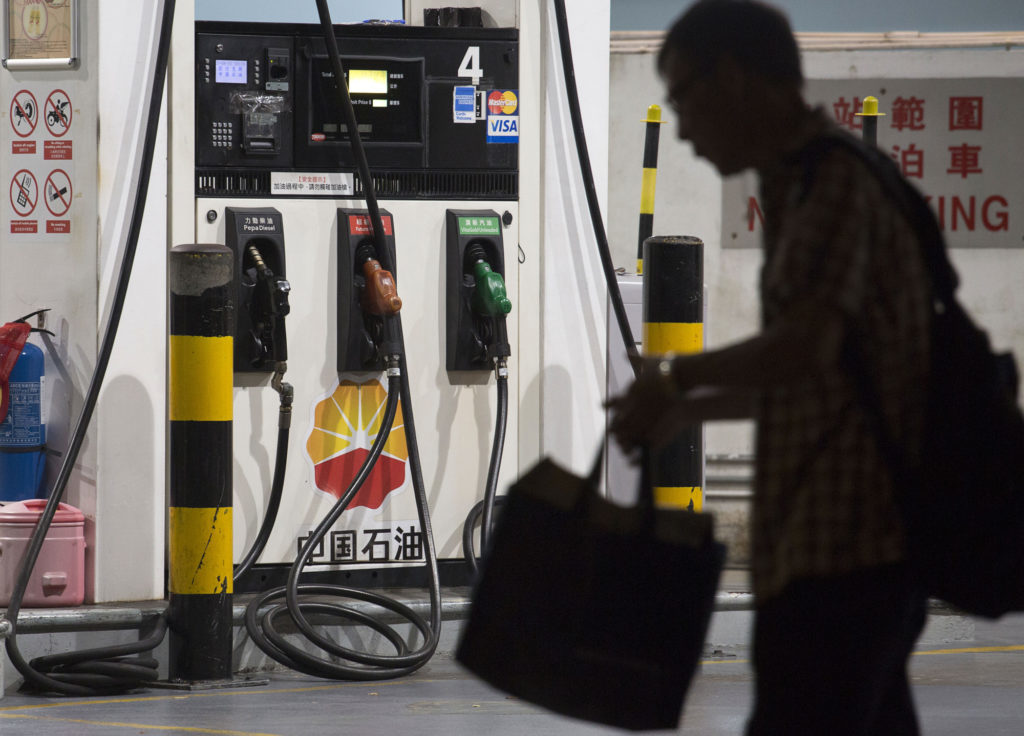
While most international oil companies (IOCs) have stated they will make major spending cuts this year in response to the downturn, Asian national oil companies (NOCs) are expected to maintain domestic upstream spending to help employment and economic activity levels.
So far, the Asian NOCs, which are big upstream spenders, have kept fairly quiet on their capital expenditure plans. The Chinese NOCs recently reported their fourth quarter results, but they did not specify their future spending plans.
PetroChina, China’s biggest oil company, reported it will set its capital expenditure and production in line with oil price movements in 2020 to meet the challenges of poor demand caused by the coronavirus pandemic and low crude prices.
This is the first time since at least 2015 that the NOC has not disclosed precise spending and output targets for the ongoing year during its annual financial result briefing. Prior to the current downturn, PetroChina, which is the biggest upstream spender in the world, was projected to increase its spending slightly or at least keep it flat in 2020.
PetroChina spent Yuan 296.8 billion ($41.92 billion) in 2019, up 12.5% year-on-year, with 77.5% of the spend directed towards exploration and production. The NOC spends more upstream than Saudi Aramco, the world’s biggest oil producer.
Maxim Petrov, a senior analyst at Wood Mackenzie, said that Asian NOCs headline capital spending numbers will certainly be cut. Although investment at international projects will come under increased scrutiny and slow down, he expects the NOCs to prioritise domestic spending, as all state-owned enterprises will be under government pressure to maintain employment and economic activity levels.
In China, as the daily number of new Covid-19 cases continues to fall, the policy focus has turned to ramping up the economic recovery. Indicators suggest life in China is beginning to return to normal and energy demand is starting to recover. Transport and logistic constraints are being lifted quickly, while China’s deteriorating air quality, caused primarily by power plants, industry and road transport, signals a recovery is underway.
Crucially, China’s economic recovery from the coronavirus outbreak will add more incentive to keep drilling activity elevated, said Petrov.
“Beijing will want to keep energy flows and employment levels running high as economic activity returns to normality after the impact of Covid-19,” he said. “This suggests spending will remain high or accelerate during the second half of the year.”
In Southeast Asia the NOCs also remain committed to upstream spending this year. However, question marks remain over whether they can maintain spending as normal next year, given the spread of the coronavirus, cautioned Andrew Harwood, Asia Pacific research director at Wood Mackenzie. Containment measures could affect producing oil and gas fields, projects under construction, as well as operations and maintenance schedules. For instance, the expansion of BP’s Tangguh LNG project in Indonesia is likely to be delayed after all non-essential construction workers have left the site to slow the spread of coronavirus.
Rig utilisation rates could also fall by 18% in Southeast Asia as several IOCs have already made significant cuts to their 2020 capital spending budgets, due to the Covid-19 pandemic and oil price crash, analysis from Rystad Energy shows. Rig utilization will drop by 54% in the region from March to December. This translates to an 18% year-on-year drop from 2019 levels, instead of expanding as previously forecast.
About 40% of the options in the regional market for 2020 cover work for Malaysian NOC Petronas. Therefore, market development will be quite dependent on the volume of options that Petronas decides to exercise.
The Malaysian NOC is striving to keep operations running as smoothly as possible and rigs with local crews might not be greatly constrained. However, after the recently announced lockdown extension in Malaysia, several rigs operating in Southeast Asia’s second-largest oil producer, are expected to gear down activity in the coming weeks due to crew timeout, reported Rystad.
Most of the planned drilling programs in Southeast Asia this year are comprised of brownfield work, and Rystad expects operators to cut their drilling budgets.
Although “on a slightly more positive note, existing rig contracts probably face less danger of being terminated in Southeast Asia – where NOCs tend to support the national drilling contractor – than in other regional markets. That is not to say there won’t be any contract terminations, but we expect the intensity to be lower than it is globally,” said Jo Friedmann, senior oilfield analyst at Rystad.
Meanwhile, PTTEP said it will press ahead with its plans for the giant Bongkot and Erawan gas fields in the Gulf of Thailand as the Thai national upstream company prioritises domestic production to help satisfy demand at home. But it will go slower on international projects, such as Zawtika in Myanmar, where a further development phase has been postponed for at least a year. PTTEP was originally scheduled this month to make the award for the engineering, procurement and construction contract, comprising four wellhead platforms and 55 kilometres of subsea pipelines.